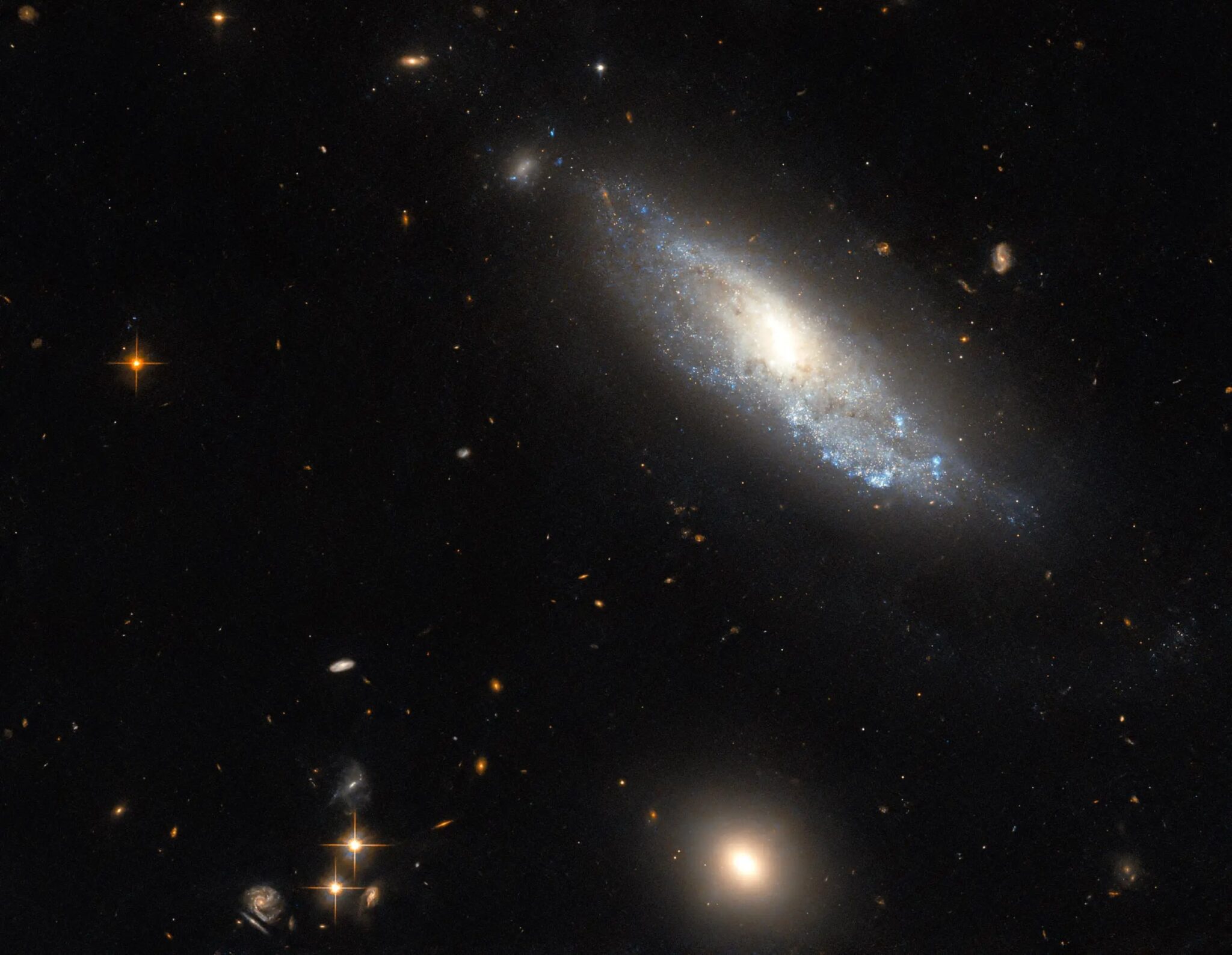The Hubble Space Telescope took a picture of the spiral galaxy NGC 298, which recently experienced a Type II supernova explosion. The study aims to explain the diversity of Type II supernovae by observing the regions around these events.

NGC 298 is located about 89 million light-years away in the constellation Cetus. In the image received from Hubble, it looks isolated – only a few distant galaxies and stars in the foreground accompany a lonely galaxy. Although NGC 298 seems calm, in 1986 one of the most extreme events in astronomy took place here: a catastrophic stellar explosion known as a Type II supernova.
All Type II supernovae are formed as a result of the collapse and subsequent explosion of young massive stars, but they can create an impressive variety of brightness and spectral features. Astronomers suspect that the diversity of this cosmic fireworks may be due to the fact that gas and dust escape from stars that eventually become Type II supernovae.
Observing the area around the supernova explosion can detect traces of the predecessor star preserved in the lost mass, as well as detect any companion stars that survived the supernova explosion. Hubble used the short periods between planned observations to investigate the effects of the explosions of several Type II supernovae, hoping to piece together the connection between Type II supernovae and the star systems that generate them.
Earlier we reported how James Webb saw in detail the active core of the galaxy NGC 7469.
According to Sci Tech Daily
Follow us on Twitter to get the most interesting space news in time
https://twitter.com/ust_magazine

